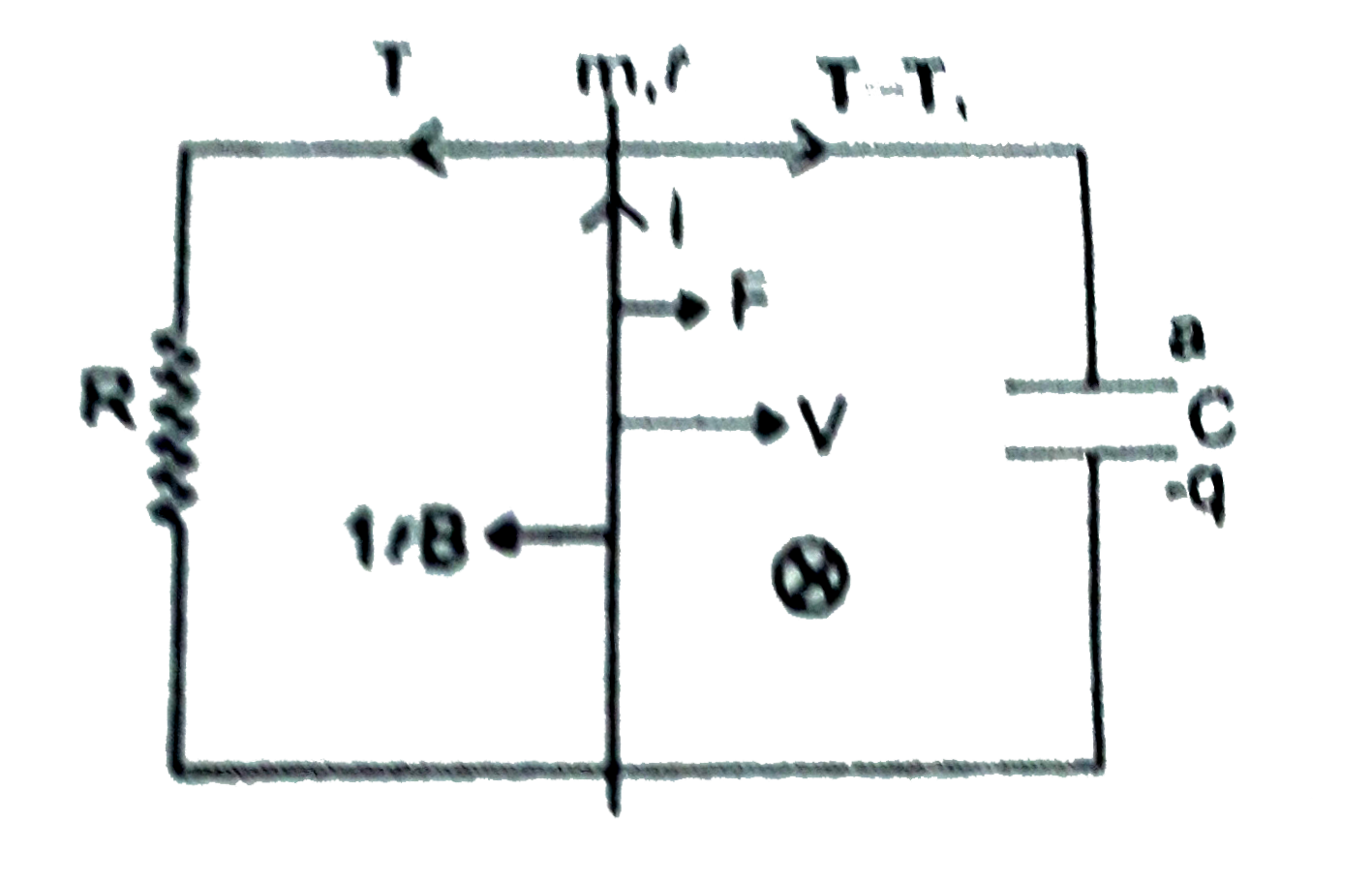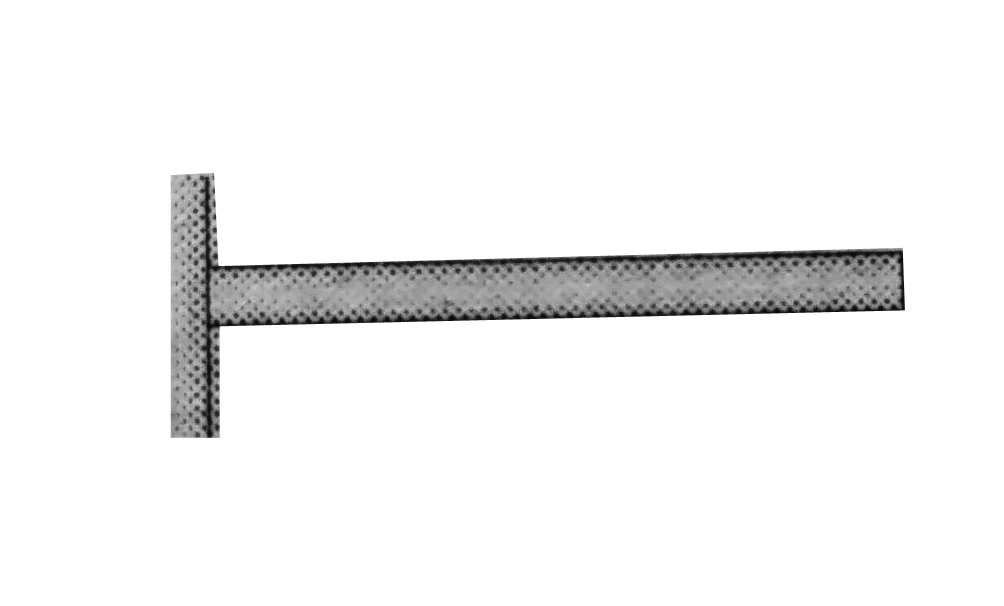In a certain experiment , a small radioactive source must move at selected extremely slow speeds This motion is accomplished by fastening the source to one end of an aluminium rod and heating the central section of the rod in Fig has length d = 2.00 cm. at what constant rate must the temperature of the rod be changed if the source is to move at a constant speed of 150 nm/ s ?

The correct Answer is:0.326 K/s
Step by step video & image solution for In a certain experiment , a small radioactive source must move at selected extremely slow speeds This motion is accomplished by fastening the source to one end of an aluminium rod and heating the central section of the rod in Fig has length d = 2.00 cm. at what constant rate must the temperature of the rod be changed if the source is to move at a constant speed of 150 nm/ s ? by Physics experts to help you in doubts & scoring excellent marks in Class 12 exams.
Updated on:21/07/2023Topper's Solved these Questions
- TEMPERATURE, ZEROTH LAW OF THERMODYNAMICS AND THERMAL EXPANSION BOOK - RESNICK AND HALLIDAYCHAPTER - TEMPERATURE, ZEROTH LAW OF THERMODYNAMICS AND THERMAL EXPANSION EXERCISE - PRACTICE QUESTIONS (Single Correct Choice Type)
33 Videos
- TEMPERATURE, ZEROTH LAW OF THERMODYNAMICS AND THERMAL EXPANSION BOOK - RESNICK AND HALLIDAYCHAPTER - TEMPERATURE, ZEROTH LAW OF THERMODYNAMICS AND THERMAL EXPANSION EXERCISE - PRACTICE QUETIONS (More than One Correct Choice Type )
7 Videos
- TEMPERATURE, ZEROTH LAW OF THERMODYNAMICS AND THERMAL EXPANSION BOOK - RESNICK AND HALLIDAYCHAPTER - TEMPERATURE, ZEROTH LAW OF THERMODYNAMICS AND THERMAL EXPANSION EXERCISE - CHECKPOINT
8 Videos
- RIGID BODY DYNAMICS-IIBOOK - RESNICK AND HALLIDAYCHAPTER - RIGID BODY DYNAMICS-IIEXERCISE - PRACTICE QUESTIONS (Integer Type)
2 Videos
- THE FIRST LAW OF THERMODYNAMICSBOOK - RESNICK AND HALLIDAYCHAPTER - THE FIRST LAW OF THERMODYNAMICSEXERCISE - PRACTICE QUESTIONS ( INTEGER TYPE )
3 Videos
Similar Questions
What is the necessary condition for the difference in lengths of a brass rod and an iron rod to be constant at all temperatures?
View Solution
Find the velocity of the moving rod at time t if the initial velocity of the rod is v and a constant force F is applied on the rod. Neglect the resistance of the rod.
View Solution
Knowledge Check
On heating one end of a rod the temperature of the whole rod will be uniform when .
Ak=1Bk=0Ck=100Dk=∞Assertion : Heat is supplied at constant rate from one end of a conducting rod. In steady state, temperature of all points of the rod becomes uniform.
Reason : In steady state, temperature of rod does not increase.AIf both Assertion and Reason are true and the Reason is correct explanation of the Assertion.BIf both Assertion and Reason are true but Reason is not the correct explanation of Assertion.CIf Assertion is true, but the Reason is false.DIf Assertion is false but the Reason is true.
In the given figure, a rod is free at one end and other end is fixed. When we change the temperature of rod by Δθ, then strain produced in the rod will beAαΔθB12αΔθCzeroDinformation incomplete
Find the velocity of the moving rod at time t if the initial velocity of the rod is v and a constant force F is applied on the rod.Neglect the resistance of the rod.

View SolutionThe ends of a rod of length l move on the co-ordinate axes. The locus of the point on the rod which divides it in the ratio 1:2 is
View SolutionThe difference between lenghts of a certain brass rod and of a steel rod is claimed to be constant at all temperatures. Is this possible?
View SolutionA rod is heated at one end as shown in figure. In steady state temperature of different sections becomes constant but not same. Why so?
 .
.
View SolutionAn aluminium - alloy rod has a length of 10.000 cm at 20.000∘C and a length of at the oiling point of water . (a) what is the length of the rod at the freezing point of water ? What is the temperature if the length of the rod is 10.009 cm?
View Solution
